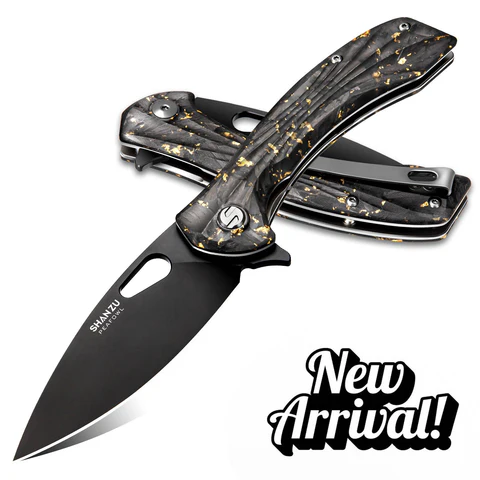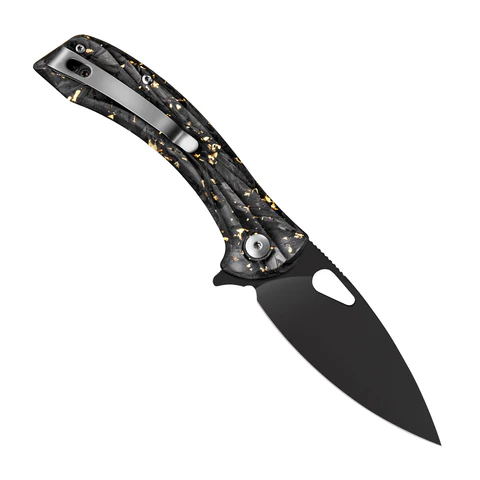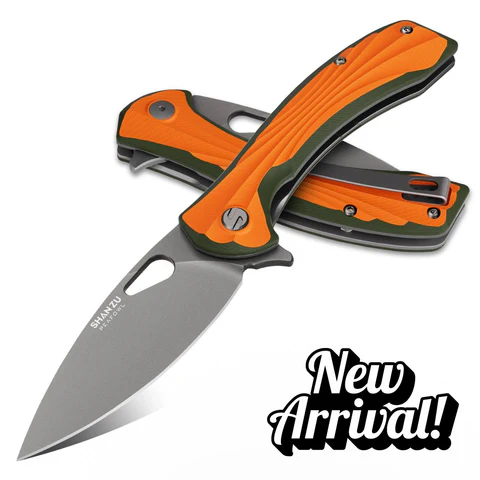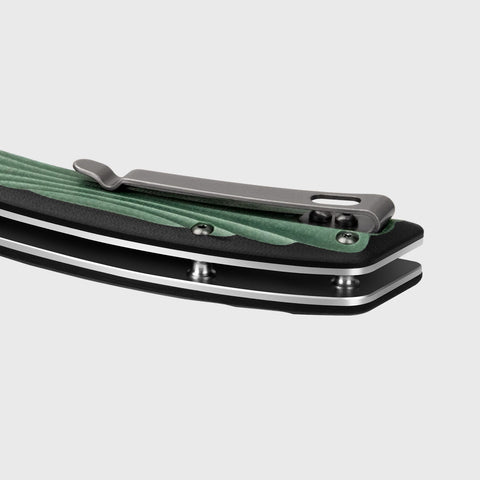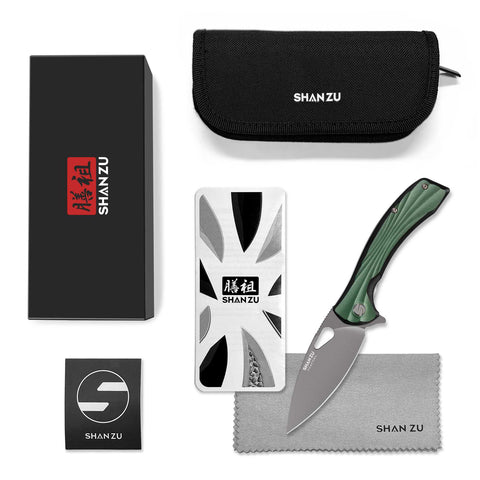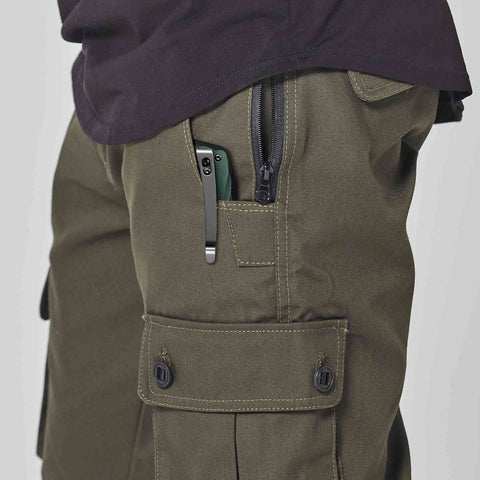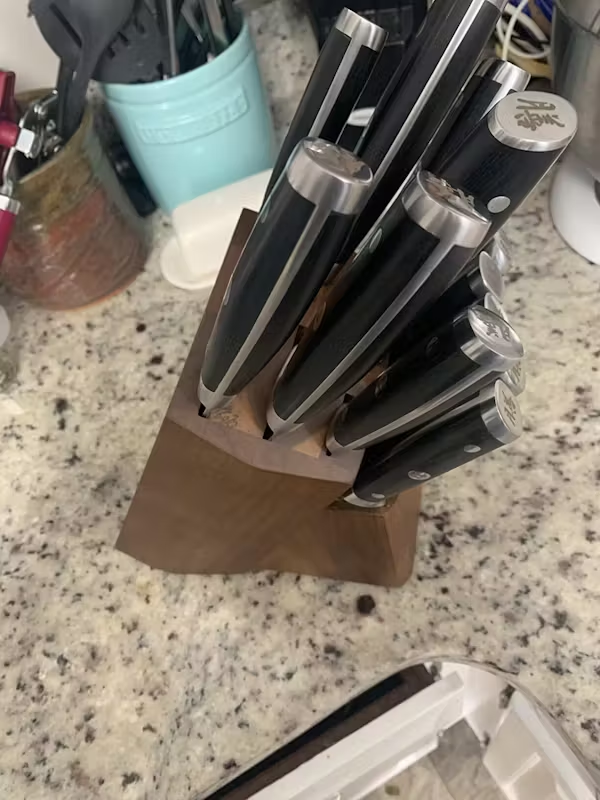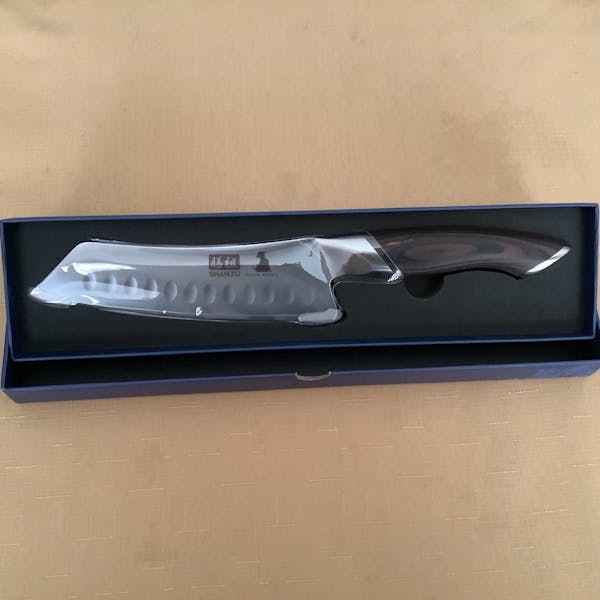Let customers speak for us
Choosing the Right Locking Mechanism for Your Folding Knife
Pocket knives are essential tools for outdoor enthusiasts, crafters, and everyday users due to their multifunctionality. Perfect for camping and everyday tasks, these compact knives are both practical and symbolic of self-reliance. Easily carried in pockets or bags, they are always at hand when needed. In addition, their handcrafted construction makes them more than just tools, which appeals to those who appreciate art. For foodies, a pocket knife allows for on-the-go meal prep.

Liner Lock Knife
Liner Lock knives use a side-loaded liner located in the grooves of the handle. When the blade opens, the liner moves underneath, ensuring that it stays open. The slim design and ease of one-handed use make Liner Lock knives a popular choice for those looking for convenient everyday carry.
Switchblade Knife
A switchblade knife incorporates a spine on a spring. When fully opened, this spine snaps securely into a notch at the back of the blade. The mechanism is renowned for its strength and reliability, ensuring that the blade remains firmly in place during use. Its design, steeped in tradition, is a favorite among outdoorsmen and those looking for a reliable tool.
Frame Lock Knife
In frame-lock knives, the handle, which is made up of two metal plates, plays a crucial role. When the blade unfolds, one side of the handle holds it in position. Known for its sturdiness, the frame-lock design is favored by those who tackle heavy-duty tasks.
Compression Lock Knife
Pioneered by Spyderco, compression lock knives use a leaf-like spring from a handle liner to sandwich the blade and the locking pin. Celebrated for its safety and efficiency, the compression lock allows for quick blade deployment and closure, while keeping fingers out of the blade path.
Forced Notch Knife
A lock-action knife uses the tension of a rear spring, allowing the blade to 'slide' open or closed without a firm lock. This time-honored design is reminiscent of traditional pocket knives, evoking a sense of nostalgia. Many prefer it for its simplicity and compliance with some knife laws that prohibit locked blades. Additionally, their design offers inherent safety, as the blade can give way under pressure, reducing potential hazards. For these reasons, lock-action knives remain popular among hobbyists and everyday users.
Bar Lock Knife
Bar lock knives use a metal bar inside the handle. When the blade is opened, this bar snaps into place, ensuring that the blade stays open. This traditional locking mechanism is prized for its reliability and consistent performance, ensuring safety during use.



